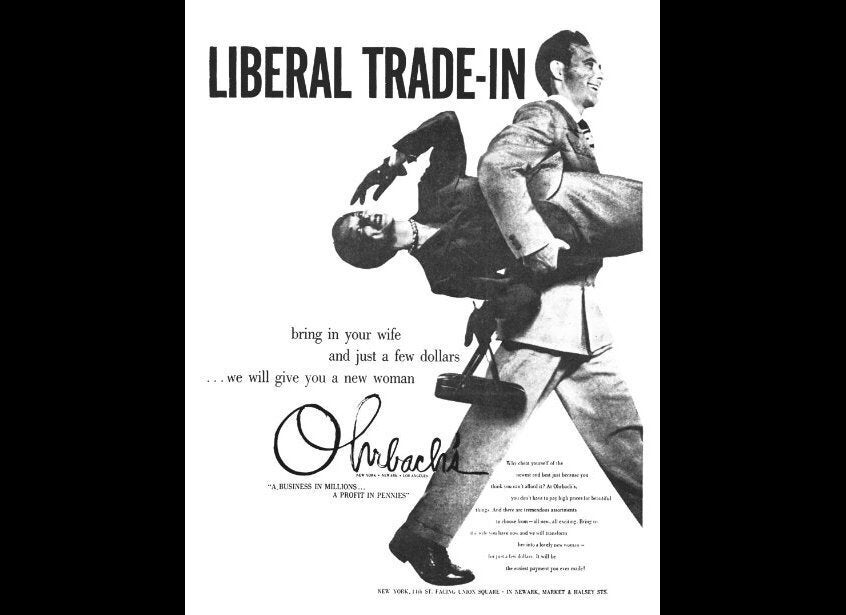While my new book covers the period of TV's Mad Men and is respectful of the show -- it's a great show and what it covers, it covers brilliantly -- I follow a very different trajectory. The big story, perhaps the biggest story of all time in advertising, was that of the Creative Revolution of the 1960s.
This was when advertising suddenly realized that perhaps the best route wasn't a mindless didactic head-butting from hectoring voice overs and screaming dishonest print ads but a gentler, more demotic style, treating the public as more discerning, more intelligent and capable of seeing straight through the hype.
A 1955 remark from a patrician English New York agency owner, David Ogilvy, "the consumer is not a moron, she's your wife", though today sounding a tad gender insensitive was nevertheless a timely rebuke for the moronic way the business went about creating its product. But the real game changer was a middle aged man of average appearance and average background who by the intelligent and radical application of a completely different philosophy turned the business on its head, and should probably be thanked indirectly for every piece of entertaining, charming and humane advertising you'll ever see.
He was Bill Bernbach, a Jewish copywriter who set up his own agency in 1949 with the creative people at the centre and the belief that, "all of us who professionally use the mass media are the shapers of society. We can vulgarize that society. We can brutalize it. Or we can help lift it onto a higher level."
But he didn't soften his approach at the expense of his clients, producing a stream of extraordinarily successful campaigns for VW, Avis, Chivas Regal, Polaroid, Levys Bread. Others followed, and gradually throughout the Sixties radicalized a part of Madison Avenue that would grow over the next few decades so the revolution became, in some respects, the new staus quo.
The book explores the cultural, economic and sociological origins, including the extraordinary influence of second and third generation immigrants, and the what, when, where and how of the story -- including the laughs. In writing it I interviewed more than fifty veterans of the era and spent two years in research. It uncovers some unexpected stories and examines some of the wider themes displayed in Mad Men, the situation for women and African Americans in 60s agencies -- and, for sports fans, the eating, drinking and sex. Did you know that in 1959 the average life expectancy for senior agency executives was 57.9, a full ten years less than colleagues in other businesses? There's a reason.
It's the story of the real men and women who walked the same pavements as Don Draper - but in a completely different fashion.
Andrew Cracknell is the author of The Real Mad Men [Running Press, $28.00]
